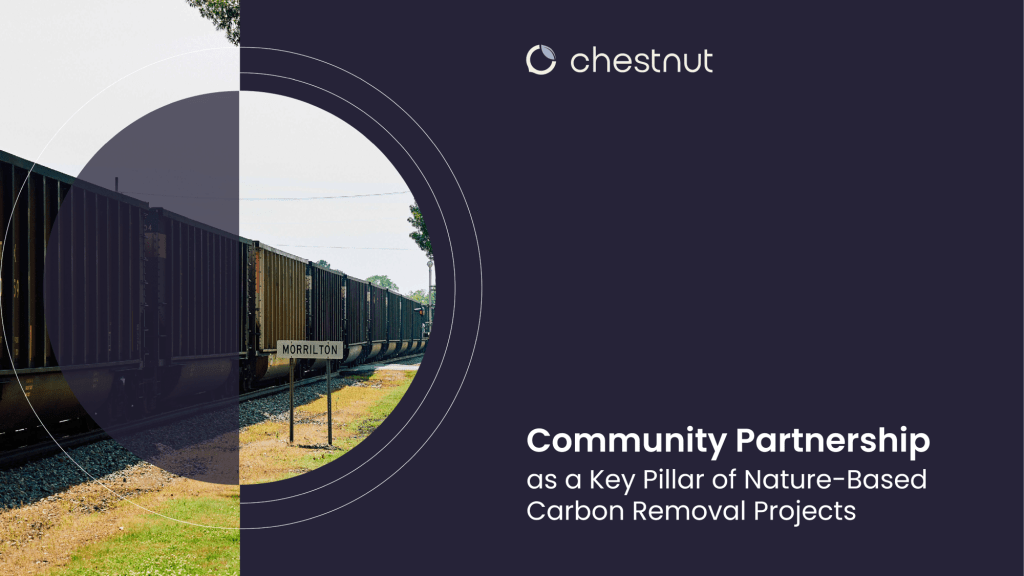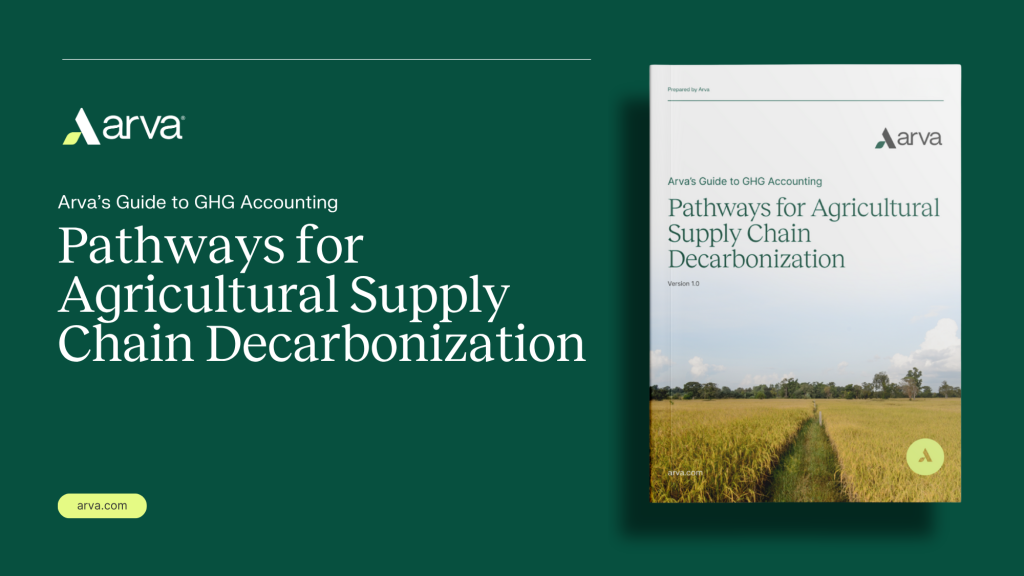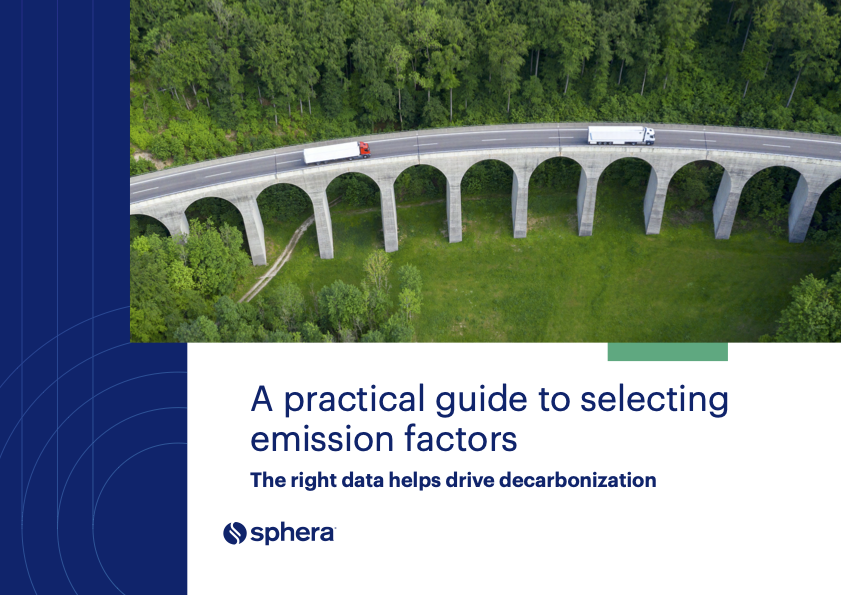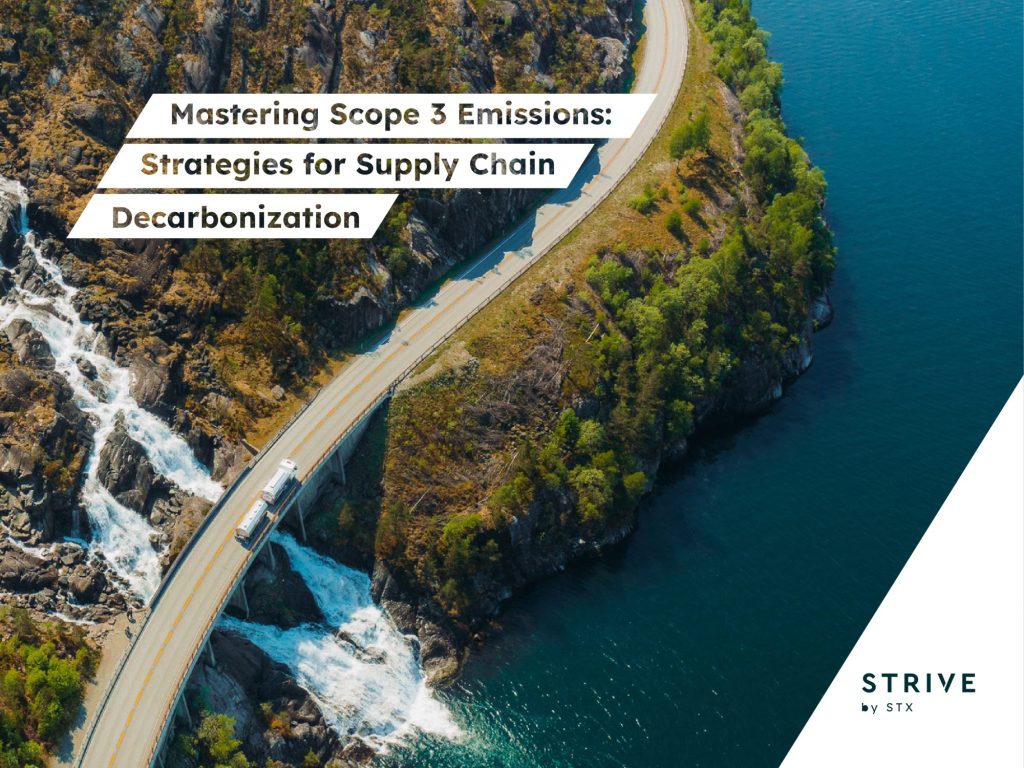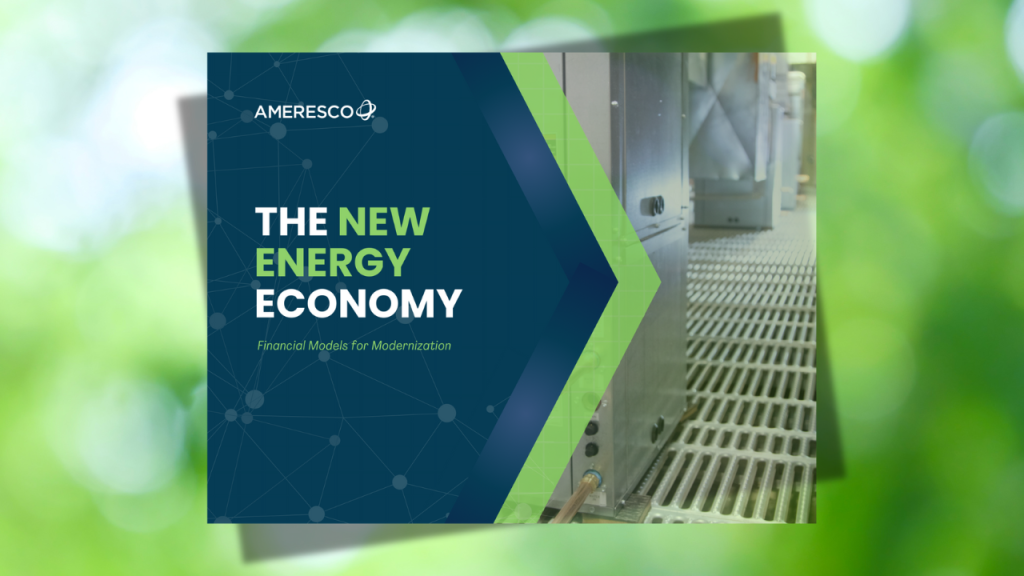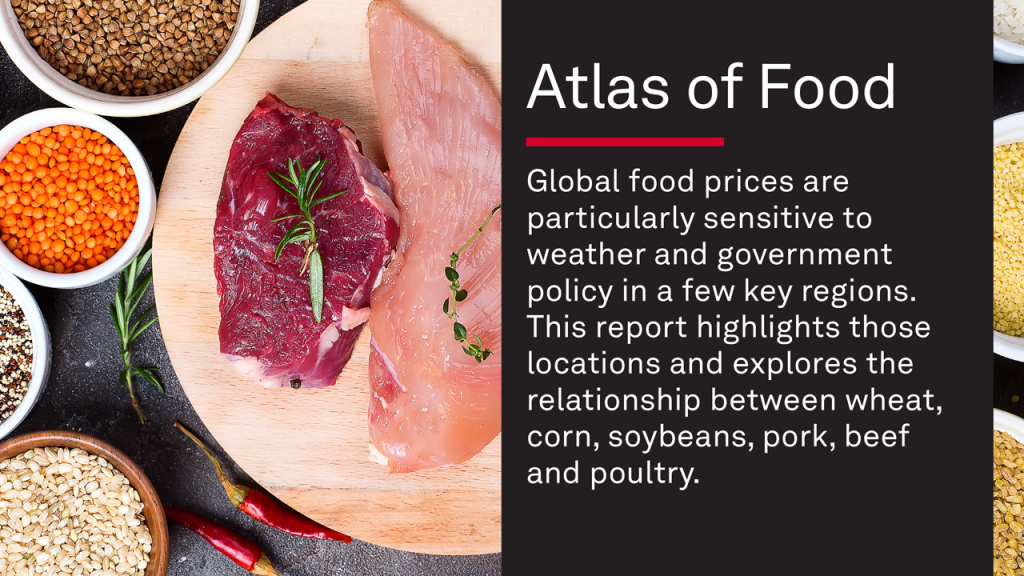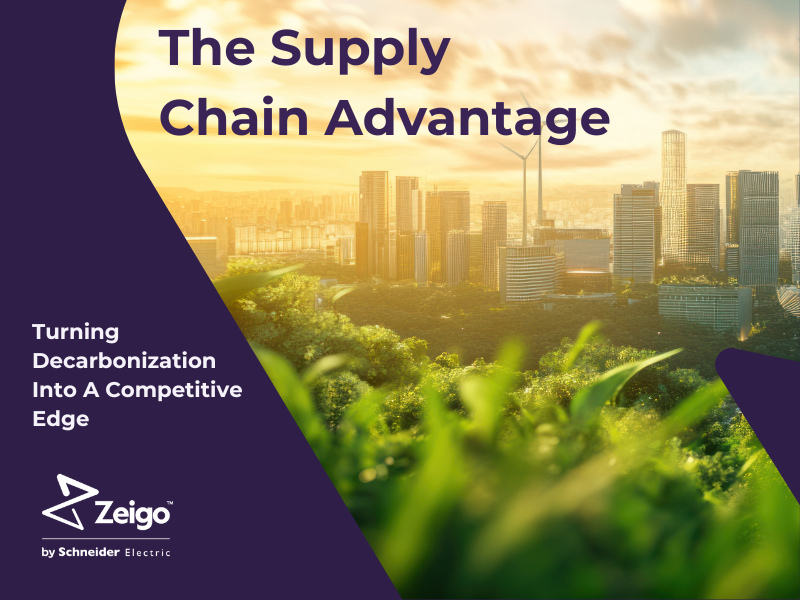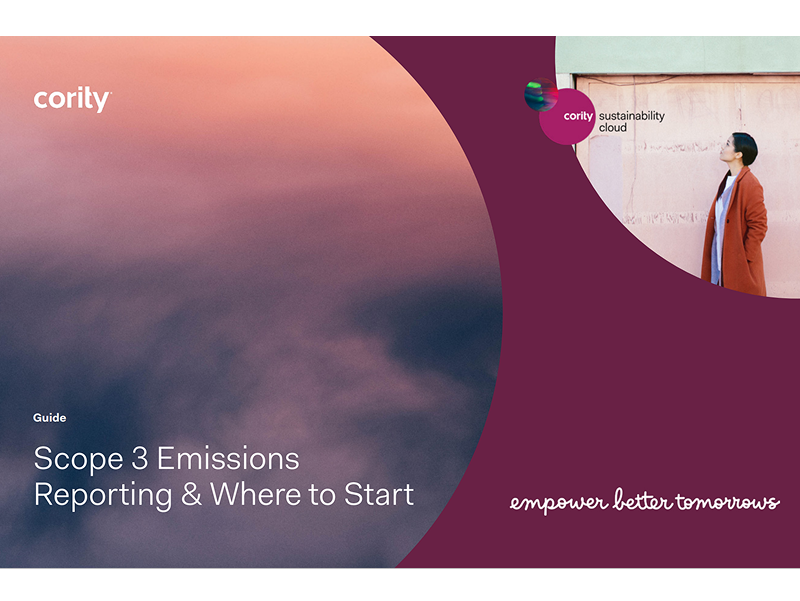Greenpeace Guide to Greener Electronics: April 2007
The Greenpeace Green Electronics Guide ranks leading mobile and PC manufacturers on their global policies and practice on eliminating harmful chemicals and on taking responsibility for their products once they are discarded by consumers.
Substituting harmful chemicals in the production of electronics will prevent worker exposure to these substances and contamination of communities that neighbour production facilities. Eliminating harmful substances will also prevent leaching/off-gassing of chemicals like brominated flame retardants (BFR) during use, and enable electronic scrap to be safely recycled. The presence of toxic substances in electronics perpetuates the toxic cycle – during reprocessing of electronic waste and by using contaminated secondary materials to make new products.
Until the use of toxic substances is eliminated, it is impossible to secure ‘safe’ recycling. For this reason, the points awarded to corporate practice on chemicals (five criteria, double points for PVC- and BFR-free models) are weighted more heavily than criteria on recycling, because until the use of harmful substances is eliminated in products, it is impossible to secure ‘safe’, toxic-free recycling.
Where two companies score the same number of total points, the company with the higher score on the chemicals criteria will be ranked higher.
The electronics scorecard ranks companies on:
- Chemicals policy and practice (5 criteria)
1. A chemicals policy based on the Precautionary Principle
2. Chemicals Management: supply chain management of chemicals via e.g. banned/restricted substance lists, policy to identify problematic substances for future elimination/substitution
3. Timeline for phasing out all use of vinyl plastic (PVC)
4. Timeline for phasing out all use of brominated flame retardants (not just those banned by EU’s RoHS Directive)
5. PVC- and BFR-free models of electronic products on the market.
Policy and practice on Producer Responsibility for taking back their discarded products and recycling (4 criteria)
1. Support for individual (financial) producer responsibility – that producers finance the end-of-life management of their products, by taking back and reusing/recycling their own-brand discarded products.
2. Provides voluntary takeback and recycling in every country where it sells its products, even in the absence of national laws requiring Producer Responsibility for electronic waste.
3. Provides clear information for individual customers on takeback and recycling services in all countries where there are sales of its products.
4. Reports on amount of waste electrical and electronic equipment (WEEE) collected and recycled.
